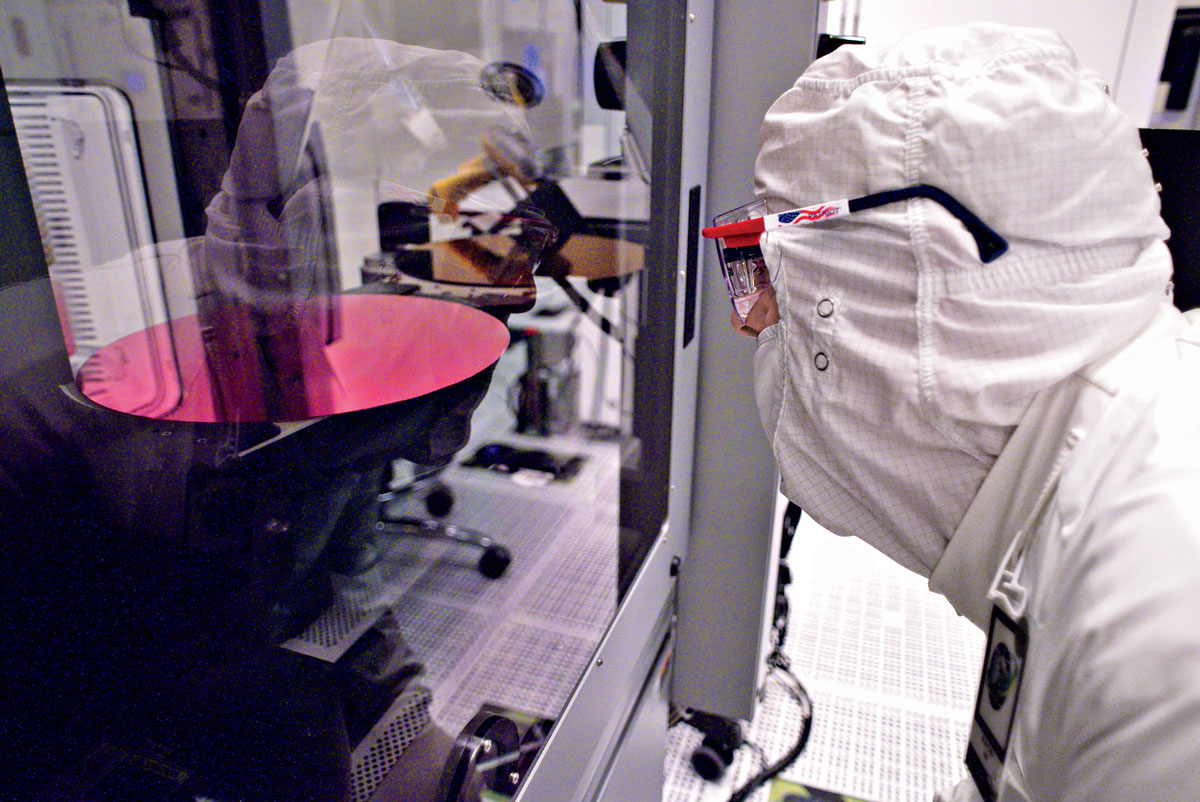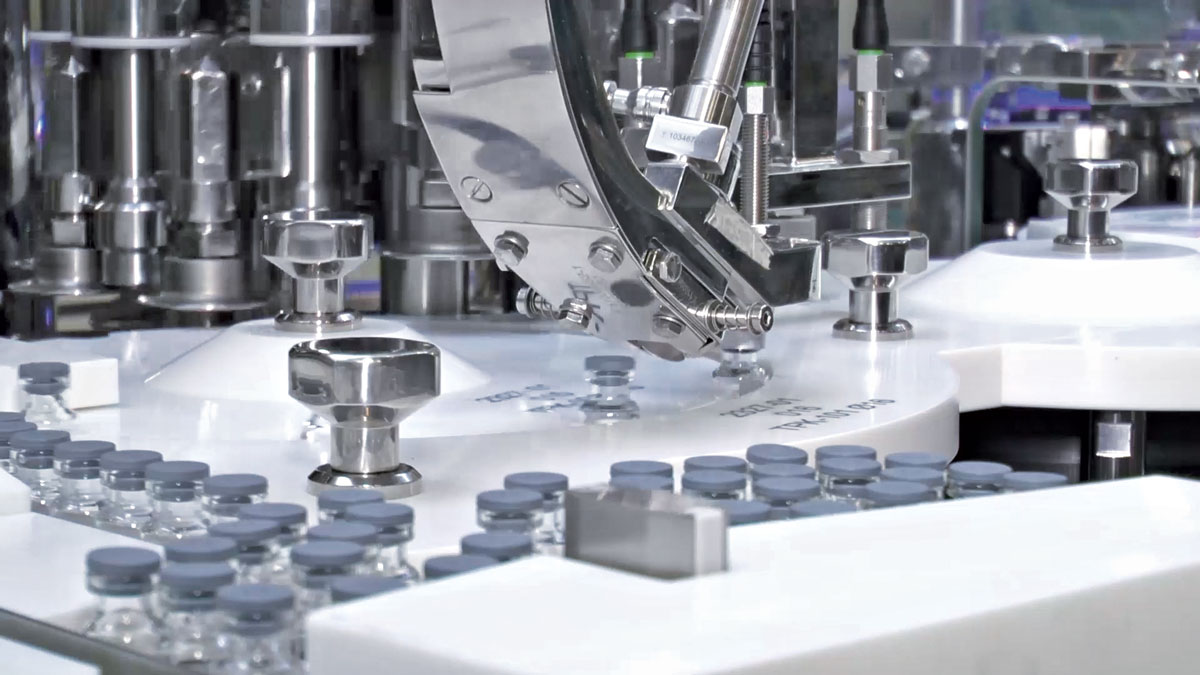Climate Change
Chemical firms will coalesce around more ambitious climate goals
by Craig Bettenhausen
It’s already unusual for a chemical company not to have specific, public targets for reducing its greenhouse gas (GHG) emissions. In 2021, expect more firms to change their goals to net-zero GHG emissions by 2050, in line with the urging of the 2018 Intergovernmental Panel on Climate Change (IPCC) report.
Takeaways
• Chemical companies’ climate goals are getting more ambitious.
• Standards are emerging on carbon-counting practices and goal setting.
• The industry is focused on energy efficiency and renewable power now, but it will likely need carbon capture at some point.
• Big players are leading the way to net-zero greenhouse gas emissions by 2050.
The report suggests that humanity can limit global warming to 1.5 °C above preindustrial levels if by 2030 we cut carbon dioxide emissions by 45% from 2010 levels and reach net zero by 2050. In addition to a clear goal to rally around, the report provides standardized methods for auditing GHG emissions.
C&EN looked at the targets set by 25 firms and found that they fall into three basic categories.
The smallest group has the most modest goal: keep GHG emissions flat. In part, that goal reflects aggressive growth targets, because increasing chemical output without releasing more carbon requires new, top-of-the-line equipment and upgrades to existing facilities. The next and largest group is looking on average to cut GHG emissions by 35% from 2010 levels, usually by about 2030. Beyond that, a number of companies—including some of the biggest—aim to be carbon neutral by 2050, meeting the IPCC recommendation. As chemical firms update their goals in 2021, more will likely join this most ambitious cohort, as Eastman Chemical did in December.
Efficiency and renewable power are the most popular strategies for reducing GHG emissions. “The first chunk of it is just simple business sense—be as efficient as possible, and that’s going to help your bottom line,” says Charlie Quann, carbon services lead at the consulting firm Antea Group.
To get all the way to net zero, Quann says, the chemical industry will need to capture the GHGs it produces rather than release them to the air. Companies that have carbon capture at the center of their plans now are mostly the chemical divisions of oil companies such as ExxonMobil and PetroChina, but the rest of the industry is watching the technology closely, he says.
Firms that have led the industry in climate change response have already picked a lot of their low-hanging fruit, in some cases leading to current goals that look relatively tame. BASF, for example, emphasizes in its sustainability reports that it has already reduced its GHG emissions by 49% from 1990 levels, and it hopes to resume reducing emissions in 2030.
Consensus is also emerging on how to quantify and report climate change’s risk to businesses, with a standardized approach known as the TCFD framework proposed by the international Task Force on Climate-related Financial Disclosures. The framework allows shareholders to get their heads around the numbers, Quann says, and they are using those numbers to make specific, actionable, and consistent demands on executives. “Everybody is starting to realize that climate risk is financial risk,” he says.
Carbon-reduction targets for 25 chemical companies fall into three categories.
| Company | Target | Target date |
| Modest: Carbon-neutral growth | ||
| BASF | Maintain 2018 levels | n/a |
| ExxonMobil Chemical | Maintain 2020 levels | n/a |
| LG Chem | Maintain 2019 levels | n/a |
| Moderate: Near-term carbon reduction | ||
| Air Liquide | 30% reduction versus 2015 | 2025 |
| Braskem | 58% reduction versus 2008 | 2030 |
| Covestro | 50% reduction versus 2005 | 2025 |
| Evonik Industries | 50% reduction versus 2008 | 2025 |
| Linde | 35% reduction versus 2018 | 2028 |
| Lotte Chemical | 26% reduction versus 2013 | 2028 |
| LyondellBasell Industries | 15% reduction versus 2015 | 2030 |
| Mitsui Chemicals | 25% reduction versus 2005 | 2030 |
| Sabic | 25% reduction versus 2010 | 2025 |
| Shin-Etsu Chemical | 55% reduction versus 1990 | 2025 |
| Solvay | 26% reduction versus 2018 | 2030 |
| Sumitomo Chemicalᵃ | 57% reduction versus 2013 | 2050 |
| Toray Industries | 30% reduction versus 2013 | 2030 |
| Ambitious: Net zero by 2050 | ||
| Chemours | Carbon negative | 2050 |
| Dow | Carbon neutral | 2050 |
| DuPont | Carbon neutral | 2050 |
| Eastman Chemical | Carbon neutral | 2050 |
| Mitsubishi Chemical | Carbon neutral | 2050 |
| PetroChina | Near carbon neutral | 2050 |
| Reliance Industries | Carbon neutral | 2035 |
| Sinopec | Carbon neutral | 2030 |
| Yara | Carbon neutral | 2050 |
Modest: Carbon-neutral growth
Company: BASF
Target: Maintain 2018 levels
Target date: n/a
Company: ExxonMobil Chemical
Target: Maintain 2020 levels
Target date: n/a
Company: LG Chem
Target: Maintain 2019 levels
Target date: n/a
Moderate: Near-term carbon reduction
Company: Air Liquide
Target: 30% reduction versus 2015
Target date: 2025
Company: Braskem
Target: 58% reduction versus 2008
Target date: 2030
Company: Covestro
Target: 50% reduction versus 2005
Target date: 2025
Company: Evonik Industries
Target: 50% reduction versus 2008
Target date: 2025
Company: Linde
Target: 35% reduction versus 2018
Target date: 2028
Company: Lotte Chemical
Target: 26% reduction versus 2013
Target date: 2028
Company: LyondellBasell Industries
Target: 15% reduction versus 2015
Target date: 2030
Company: Mitsui Chemicals
Target: 25% reduction versus 2005
Target date: 2030
Company: Sabic
Target: 25% reduction versus 2010
Target date: 2025
Company: Shin-Etsu Chemical
Target: 55% reduction versus 1990
Target date: 2025
Company: Solvay
Target: 26% reduction versus 2018
Target date: 2030
Company: Sumitomo Chemicalᵃ
Target: 57% reduction versus 2013
Target date: 2050
Company: Toray Industries
Target: 30% reduction versus 2013
Target date: 2030
Ambitious: Net zero by 2050
Company: Chemours
Target: Carbon negative
Target date: 2050
Company: Dow
Target: Carbon neutral
Target date: 2050
Company: DuPont
Target: Carbon neutral
Target date: 2050
Company: Eastman Chemical
Target: Carbon neutral
Target date: 2050
Company: Mitsubishi Chemical
Target: Carbon neutral
Target date: 2050
Company: PetroChina
Target: Near carbon neutral
Target date: 2050
Company: Reliance Industries
Target: Carbon neutral
Target date: 2035
Company: Sinopec
Target: Carbon neutral
Target date: 2030
Company: Yara
Target: Carbon neutral
Target date: 2050
Sources: Companies, as of December 2020.
Note: n/a means not applicable.
a Sumitomo is also targeting a decrease of 30% by 2030.















Join the conversation
Contact the reporter
Submit a Letter to the Editor for publication
Engage with us on Twitter